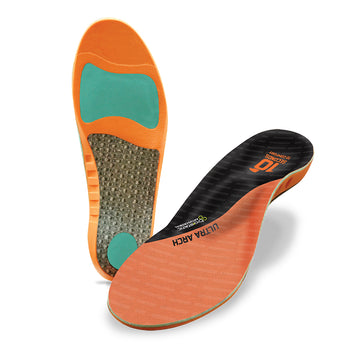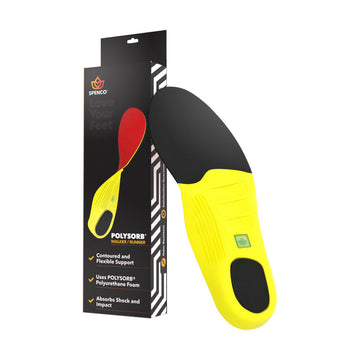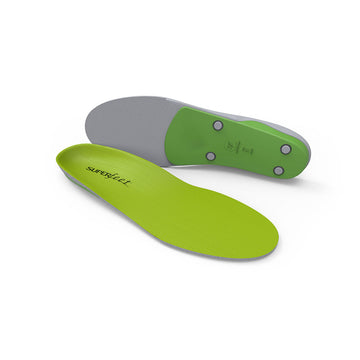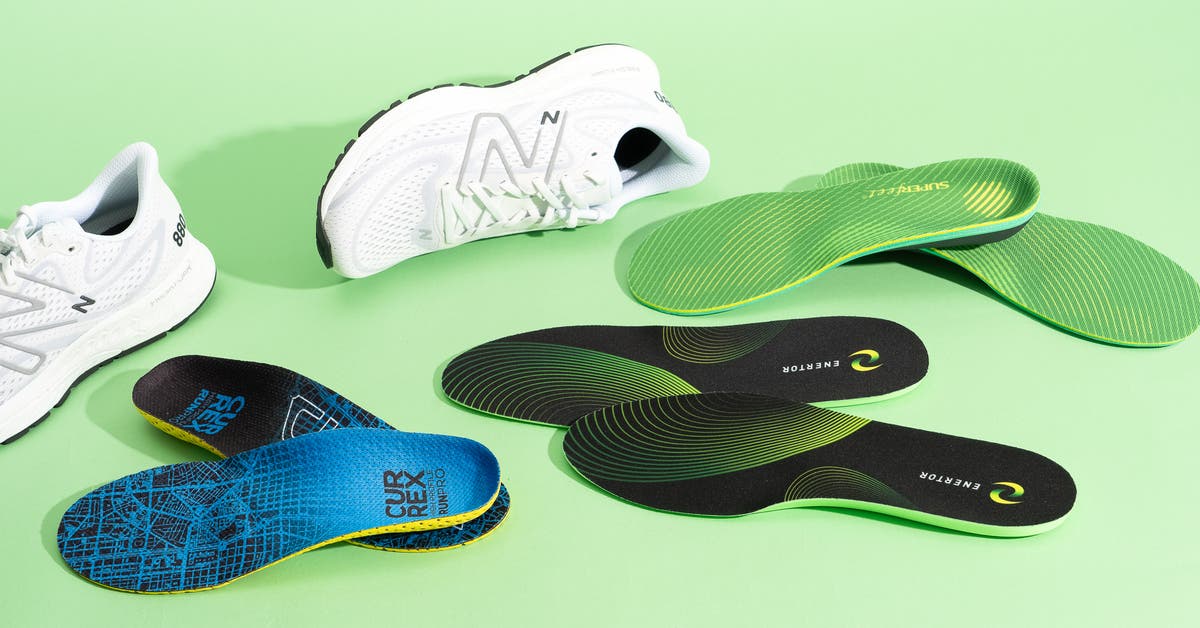Best Exercises Insoles
Title: “Insoles: Enhance Comfort, Support, and Performance with These Exercises.”

Introduction
Introducing the best exercise insoles! Designed for optimal performance and comfort, these insoles are engineered to support your feet during workouts. Whether you’re lifting weights, running, or doing high-intensity interval training, these insoles provide cushioning and stability to enhance your exercise experience. With advanced materials and ergonomic design, they reduce impact on your joints and prevent fatigue, allowing you to push harder and go further in your workouts. Say goodbye to foot pain and hello to improved performance with our exercise insoles. Upgrade your workout gear today and step into comfort and support with every move you make!
Kinds and Features
Certainly! Let’s dive deeper into the world of exercises and insoles:
Best Exercises for Overall Fitness:
- Cardiovascular Exercises: Running, brisk walking, cycling, swimming, and jumping rope are excellent for improving heart health, burning calories, and boosting endurance.
- Strength Training: Incorporating exercises like weightlifting, bodyweight exercises (push-ups, squats, lunges), and resistance band workouts helps build muscle strength, improves metabolism, and enhances overall body composition.
- Flexibility and Mobility Work: Yoga, Pilates, and stretching exercises enhance flexibility, improve posture, reduce the risk of injury, and promote relaxation.
- High-Intensity Interval Training (HIIT): Alternating between intense bursts of activity and short recovery periods, HIIT workouts are time-efficient and effective for burning calories, improving cardiovascular health, and boosting metabolism.
- Functional Training: Mimicking real-life movements, such as squats, lunges, and core exercises, functional training improves balance, coordination, and stability, which are essential for daily activities.
Types of Insoles:

- Cushioned Insoles: Ideal for individuals seeking additional comfort and shock absorption during high-impact activities like running or aerobic workouts. They provide a soft, cushioned feel and help reduce pressure on the feet.
- Supportive Insoles: Designed to provide arch support and promote proper foot alignment, supportive insoles are beneficial for individuals with flat feet or high arches. They help distribute weight evenly and alleviate strain on the feet, ankles, and knees.
- Orthotic Insoles: Custom-made or over-the-counter orthotic insoles are specifically tailored to address biomechanical imbalances, such as overpronation or supination. They offer personalized support and stability, reducing the risk of injuries and enhancing overall foot function.
Key Features to Consider:
- Arch Support: Look for insoles with adequate arch support to maintain the natural curvature of the foot and prevent arch collapse or overpronation.
- Shock Absorption: Insoles with cushioning materials like gel or foam absorb impact forces during activities, reducing stress on the feet and joints and minimizing the risk of injury.
- Moisture-Wicking Properties: Opt for insoles made from breathable materials that wick away moisture, keeping your feet dry, cool, and odor-free, especially during intense workouts.
- Durability and Longevity: Choose insoles that are durable and resilient, capable of withstanding repeated use and maintaining their supportive properties over time.
- Compatibility with Footwear: Ensure that the insoles are compatible with your existing footwear, whether it’s athletic shoes, casual sneakers, or work boots, to ensure a proper fit and maximum comfort.
By incorporating a variety of exercises into your fitness routine and selecting the appropriate insoles for your specific needs, you can optimize comfort, performance, and overall foot health during workouts and everyday activities. Remember to listen to your body, gradually progress your workouts, and seek professional guidance if you experience any persistent discomfort or pain.
How to Get Exercises Insoles?

To get exercise insoles, start by determining your specific needs. Are you looking for insoles for running, walking, or other activities? Next, consider any foot conditions or discomfort you may have, such as flat feet or plantar fasciitis, as this will influence the type of insole you need. Once you have a clear idea, visit a specialty store or podiatrist to get fitted properly. They can assess your feet and recommend the right type of insole for your activity level and foot type. Alternatively, you can purchase insoles online, but be sure to read reviews and product descriptions carefully to ensure they meet your requirements. Remember to replace your insoles regularly, as they can wear out over time and lose their effectiveness in providing support and comfort during exercise.
Benefits of Exercises Insoles
Exercise insoles, also known as orthotic insoles, offer a range of benefits to those who incorporate them into their fitness routines. Firstly, they provide additional cushioning and support, which can help reduce the risk of injuries such as plantar fasciitis, shin splints, and stress fractures. By absorbing shock and redistributing pressure, exercise insoles can alleviate discomfort during high-impact activities like running and jumping.
Moreover, exercise insoles can improve biomechanical alignment, correcting issues such as overpronation or supination. This not only enhances comfort but also optimizes performance by promoting more efficient movement patterns. Better alignment can lead to increased stability and balance, allowing individuals to engage in exercises with greater confidence and reduced risk of falls.
Additionally, exercise insoles can help alleviate foot-related issues such as arch pain, heel pain, and flat feet, making workouts more enjoyable and sustainable. By providing customized support tailored to the wearer’s foot shape and gait, these insoles enhance comfort and reduce fatigue, allowing individuals to exercise for longer durations without discomfort.
Overall, exercise insoles offer a multifaceted approach to foot health and performance enhancement, making them a valuable investment for anyone looking to optimize their fitness regimen and minimize the risk of injury.
FAQs
- What are exercise insoles, and how do they differ from regular insoles?
Exercise insoles are specialized inserts designed to provide additional support, cushioning, and stability during physical activities such as running, walking, or weightlifting. Unlike regular insoles, exercise insoles often feature enhanced shock absorption and arch support to accommodate the increased impact and movement associated with exercise. - How do exercise insoles help improve performance during physical activities?
Exercise insoles can help improve performance by reducing fatigue, providing better shock absorption, enhancing stability, and promoting proper alignment. They offer support to key areas of the foot, which can enhance comfort and efficiency during workouts, ultimately leading to better overall performance. - What features should I look for when choosing exercise insoles?
When choosing exercise insoles, look for features such as cushioning, arch support, breathability, durability, and compatibility with your specific type of physical activity. Consider factors like material quality, thickness, and whether the insoles offer customization options to best suit your individual needs. - Can exercise insoles help prevent common foot injuries during workouts?
Yes, exercise insoles can help prevent common foot injuries such as plantar fasciitis, shin splints, and stress fractures by providing additional support, shock absorption, and stability. Properly fitted insoles can help alleviate excessive strain on the feet and reduce the risk of overuse injuries during intense physical activities. - Are there specific exercises or activities where exercise insoles are particularly beneficial?
Exercise insoles are particularly beneficial for high-impact activities such as running, jumping, and agility training, where the feet are subjected to increased stress and pressure. However, they can also provide benefits for lower-impact exercises like walking, hiking, and weightlifting by enhancing overall comfort and support.

